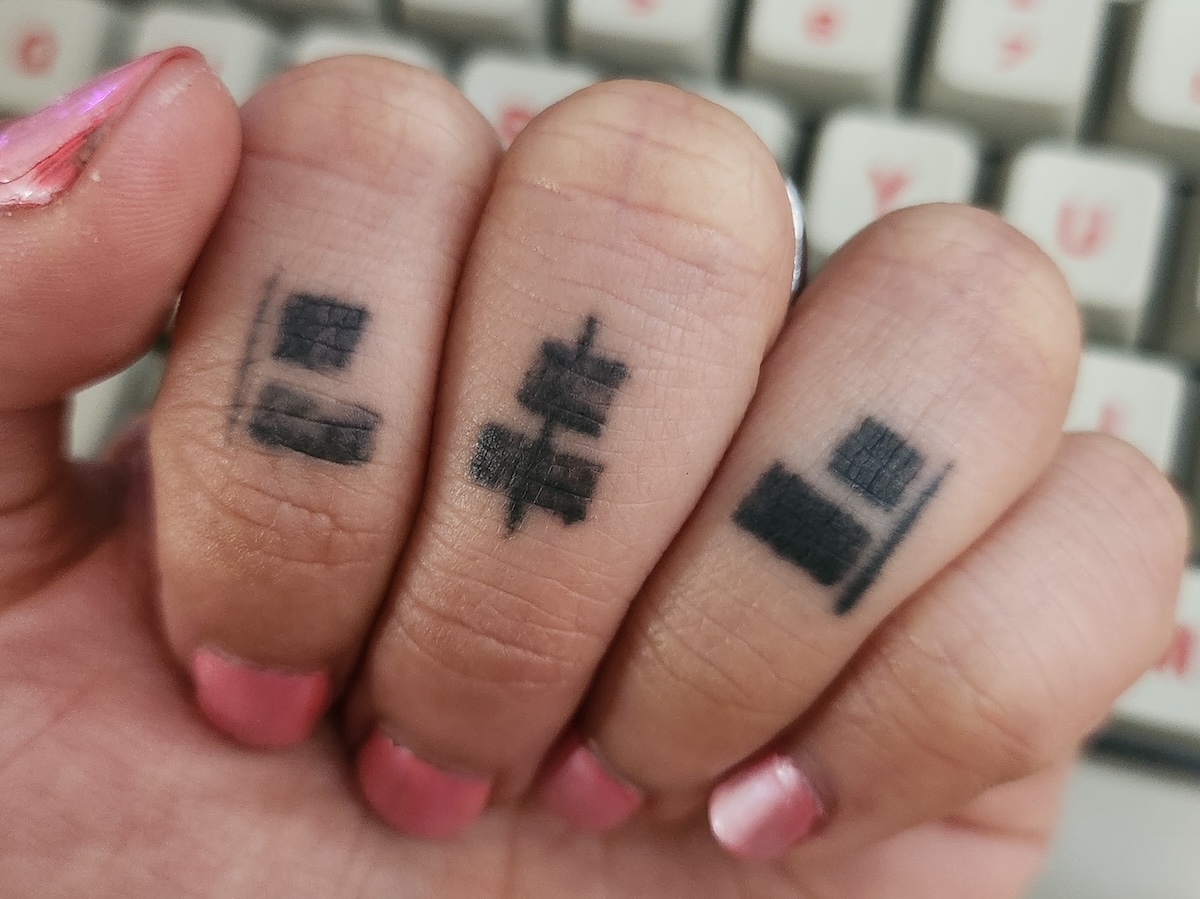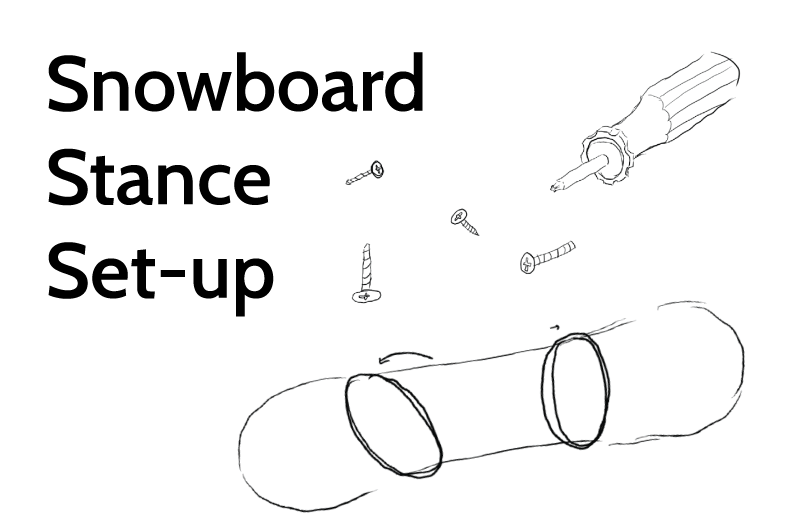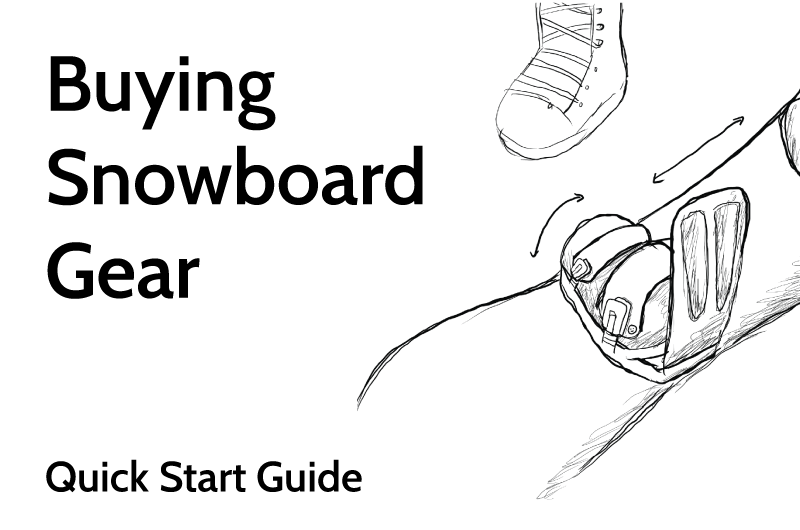When researching whether or not I should get my finger tattoos, I noticed only a few Reddit threads and very few posts online showing the healing process.
In the end, I went through with it and have quite a few things to say about the whole experience!
Looking for a tattoo artist who can do finger tattoos.
I wanted to find an artist who could do the job well! The design seems simple at a glance, but when you consider how many straight lines are involved, it becomes complicated. I also didn’t realize how difficult of a canvas fingers are (I guess it’s not surprising, it’s skin on bones)!
This is the picture I sent in the artist inquiry to show my design sketch and the size of the working space.

The first thing I looked for were tattoo portfolios and profiles of artists who had already done many finger tattoos. I wanted someone who had experience and knew how finger tattoos heal.
Did getting my finger tattoos hurt?
YES. Looking through Reddit threads, I knew it was going to hurt. I was really nervous about it.
If I had to compare the pain to a tattoo I already have, I would line it up with the tattoo that comes pretty close to my armpit.

Tattoos typically feel like slightly uncomfortable cat scratches, but this felt so much worse. The vibration that feels directly on the bone paired with the sharp pain from the needle is not for the faint of heart.
I also noticed that the artist used a smaller needle which may have contributed to the sharp feeling!
The first pass at my finger tattoos
I got them done on December 29th, 2023.
Stencil placement took as long as the tattoo time. A design with straight lines means that lining them up with my fingers in different positions could lead to complications!
Once we had the stencils on, I made sure to look at them from different angles and at different degrees of my fingers being bent.
Once we were set, the process of getting them tattooed only took about 15 minutes.
The artist kept going over some spots, and I later found out my fingers weren’t taking the ink very well. I think the tattoo lined up with a few wrinkles on my fingers, which provided mixed results in the end.

Healing Process
The artist gave me a nitrile glove to wear for protection instead of wrapping my fingers up with saniderm or bandages. I was instructed to leave it on for at least an hour before removing and washing with unscented soap.
It felt uncomfortable to move my fingers for a whole week or so after I got the tattoos. I avoided moving them as much as possible until they were completely done healing.
After 12 days, it started peeling. Normally when tattoos peel, it reveals a layer of the ink still in the skin. When this tattoo healed, I realized a significant chunk of the ink had fallen out from my pointer finger. Later, more fell out of my pointer and middle finger.


This was pretty devastating, but the artist had told me that this was a possibility and I wasn’t caught off guard.

This image above is fully healed from the first pass. As you can see, most of the ink fell out of my pointer finger tattoo and a significant amount fell out of my middle finger tattoo as well.
The design wasn’t very defined at all. I knew at this point I would have to go in for a touch-up!
Getting my finger tattoos touched up
I waited three months (touched up on March 22, 2024) before I got my finger tattoos touched up. There wasn’t any reason I needed to wait that long other than the fact that it was snowboarding season, and I didn’t want to get them touched up and then have them rub around in gloves for the rest of the season.
As for the pain, it was pretty comparable to the first time (horrible), but at least I went in knowing what to expect!
My artist mentioned something about how my fingers were taking the ink much better this time, but still wasn’t confident it was going to heal perfectly.

This time, when it started peeling, I was pretty happy with the results. It still wasn’t perfect, but at least you can tell what they’re meant to be!
Here’s a look at them fully healed the second time. There’s still that spot on my pointer finger that didn’t take the ink, but it’s significantly better than the first pass.

How do my finger tattoos look today?
It has been about a year since I got them touched up. They haven’t changed too much since they healed the second time.
I have since gotten a bouldering gym membership, so there’s not a more extended period where I don’t want to use my hands.
I still think I will get another touch-up at some point, but I’m not in a huge rush. I’ll update this post when it happens!





























